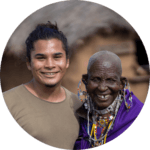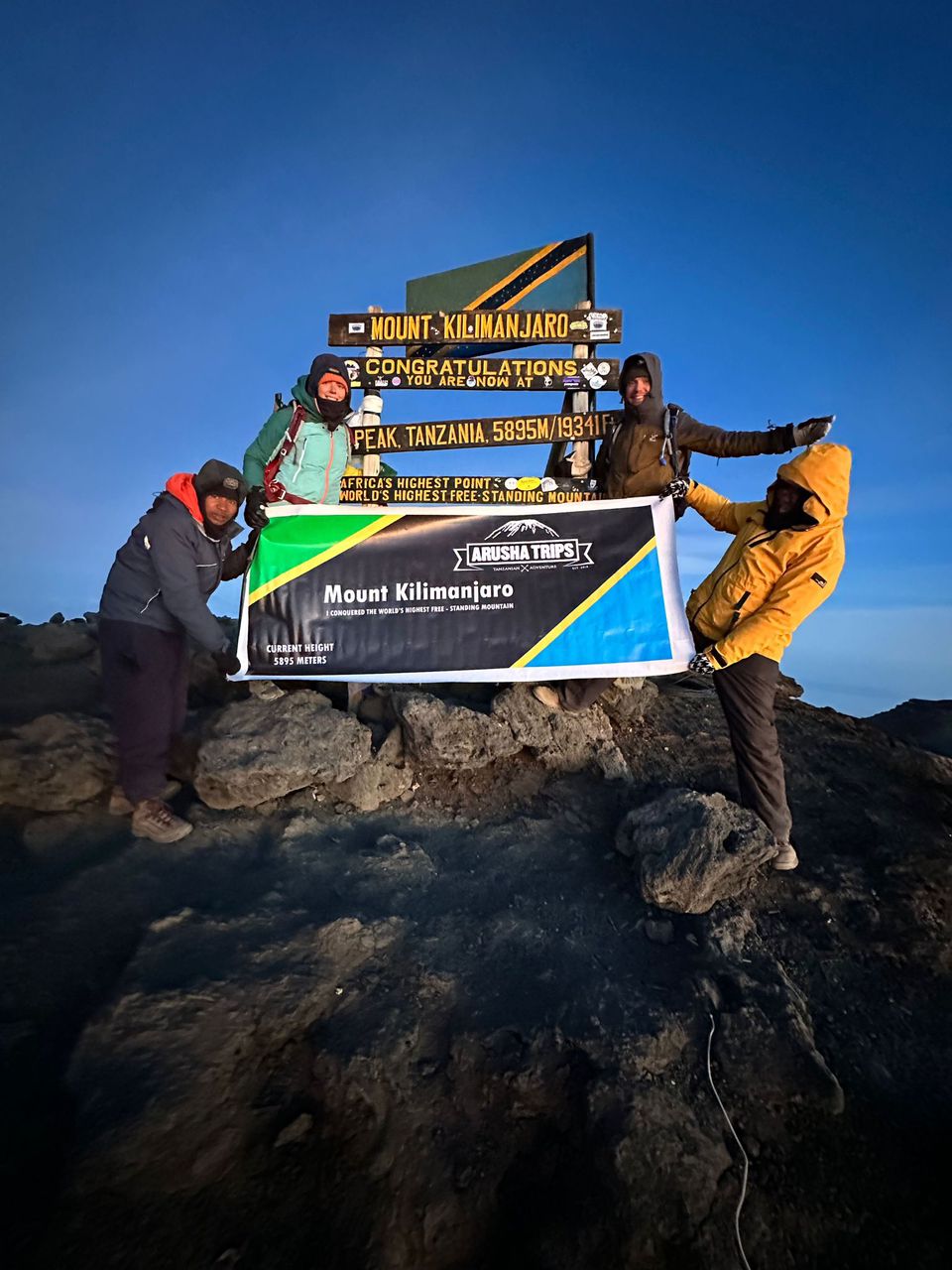The Rongai Route is the only route that starts on the northern, or Kenyan, side of Mount Kilimanjaro. Due to its remote location, the route offers pristine wilderness and is more likely to see large wild animals such as antelopes, elephants and buffaloes. On the other hand, the landscape is less diverse compared to other routes.
Due to its remote location, it is also one of the least visited routes on Kilimanjaro. If you choose this route, much of the climb will be in peaceful silence and you will encounter not many other climbers. Once you reach Kibo Camp, where the path connects to the Marangu Route, you will meet more climbers.
In addition, the North Face of the Kili sees less rainfall and is therefore the first choice during the rainy season. Also, you are more likely to see clear, cloudless views of the mountain throughout the year.
During these 6 or 7 days days we’ll be camping at the established campsites and reach the top of Kilimanjaro at 5 or 6 at sunrise.

Seasons:
Your Team: Per group you climb with a professional team, generally consisting of 1 or 2 English speaking guides, 1 cook and 3 porters per person. The exact number sometimes varies and depends on specific requirements of our guests.
Our guides will lead you to the summit and provide you with all the necessary information, tips & tricks & lift your spirits when in dire need, to maximise your chances of a successful climb. All of the guides know the mountain like the back of their hands, are specially trained and have years of climbing experience.
The porters will carry all your belongings, tents & food, so you can climb at ease with only your daypack. The cook will prepare 3 solid meals a day, so you can take on the mountain like a champion. Drinking water will be provided as well, which will be refilled with a water filter at various points on the mountain.
This trek includes
Not included
*International flights can be arranged via us if preferred.
Safety: Safety on the mountain is our first priority. Even though it doesn’t take a professional climber to summit Kilimanjaro, it’s still a tall mountain and the high altitude comes with risks.
Prior to each climb, our guests receive a comprehensive briefing that covers the route, safety procedures on the mountain and discuss potential health issues of each individual guest, to ensure that everyone can ascend the mountain fully prepared and in a safe manner.
Our guides receive annual training on the effects of altitude, providing medical assistance and administering oxygen. The team is equipped with a professional medical kit in case of Emergency. They are responsible for your safety and have the authority of discontinuing the trek if they think the conditions are unsafe. At high altitudes, your blood pressure is measured daily to monitor your health.
Acclimatisation: Climbing is done according to the ‘climb high, sleep low’ principle. This principle states that one should climb to a relatively higher elevation than the altitude of where one sleeps. This gives your body the chance to get used to the high altitudes when climbing high, and grants the opportunity to recover and rest at the lower elevations. Doing so, decreases your chance of altitude sickness and increases your chance of reaching the summit.
Fair treatment of our personnel: We are committed to the fair and ethical treatment of all porters and guides. We strictly adhere all rules set by KINAPA (Kilimanjaro National Park); ensuring that each porter has the proper gear to ascent the mountain, and that all carrying bags supplied by us are weighed, to ensure that they do not exceed the maximum of 20 kg.
Furthermore, we promote fair wages, accommodation, insurance & food for cooks, guides & porters as set by the KPO (Kilimanjaro porters association). This way, you can climb the mountain feeling confident about yourself ánd your team.
Leave only footprints: On all our climbs, we strive to reduce our environmental impact to a bare minimum. We make sure that any waste that has gone up the mountain, comes back down as well. By doing this, everybody can enjoy this magnificent mountain for many years to come.
*We also recommend that you bring your own water bottle to reduce plastic waste.

On the first day of the Kilimanjaro Rongai Route, you will be picked up in Moshi. From there we drive to the Marangu gate of Kilimanjaro National Park. After registration, you have to travel another 70 kilometres on bad roads to the Rongai Start Point, at an altitude of 1,950 metres
The walk starts in the village of Nale Moru and follows a gradual and twisting path, first passing maize fields, before reaching the rainforest. Keep your eyes open, because there is a big chance that you will see colobus monkeys swinging in the trees! Around noon you will arrive at Rongai First Cave at 2,620 metres, this is the first camp where you will spend the night.
Today you start with a challenging hike, over a long incline to the Second Cave. At this point you can take a small diversion to visit the ‘Third Cave Camp’ or ‘Mawenzi Tarn’.
You’ll continue the hike through the moorland, leaving the main trail for a smaller path towards the jagged peaks of Mawenzi, before finally arriving at Kikelewa Cave for the night.


After breakfast you will start hiking over a steep grassy slope and head towards a beautiful wilderness area. The views today will be magnificent! As you leave the moorland zone and enter the alpine landscape, the scenery changes spectacularly.
The camp is located under the spires of Mawenzi, near the Mawenzi Tarn. The rest of the day can be spent resting or exploring the area.
Even though this day is ‘optional’, it is still strongly recommended. We climb according to the ‘climb high, sleep low’ principle, which gives your body the chance to get used to the high altitudes. This increases your chance of reaching the summit and is highly recommended for inexperienced climbers.
Today you hike up to the ‘Mawenzi Ridge’. The unique landscape offers a beautiful view of Kibo and Mawenzi. After exploring the area, you will return to Mawenzi Tarn for the night. Make sure you get a good night’s sleep, because the next day is a tough one, where usually climbers start to have trouble with the high altitude. Make sure you go Pole Pole (Swahili for slowly, slowly), one breath and one step at a time and drink plenty of water!



Today you’ll climb gradually and cross a moon-like landscape. This landscape is a wide open plateau that connects the two famous peaks; Kibo and Mawenzi.
Situated in the barren Alpine desert is Kibo hut, a stone built block house which has bunk beds for 60 climbers. The summit is now a further 1195m up and you will make your final ascent the same night. Prepare for the next night, as it will be a short one… SUMMIT NIGHT.
In the early, early morning. Still shivering from our short and cold night, we will enjoy warm coffee or tea together to lift our spirits. Now we will hike in the dark, with flashlights towards the summit of Uhuru peak at 5895 meters high. The first section of the trail consists of a rocky path to the Hans Meyer Cave (5150m), also a good resting spot.
The path then zigzags up to Gillman’s point (5681m), which is located on the crater rim. This section is very steep with a lot of stone scree, requiring a great physical and mental effort. This is probably the most demanding section of the entire route. From Gillmans Point you will normally encounter snow all the way to stella’s point and then to the peak. Once at the top, we will enjoy one of the world’s most incredible sunrises. Such moments make the climb well worthwhile. You’ve made it! Uhuru Peak is the highest point of Kilimanjaro ánd the whole of Africa. A place never to forget.
Make sure to bring two sets of clothing. The night will be bitterly cold, but after the sun rises over the peak of Kilimanjaro, the temperature will quickly rise. After the summit, we will make our descent straight down to the Kibo Hut, where we will have a quick rest. After, we shall head to Horombo Hut where we enjoy our last dinner on the mountain and some well-earned sleep.


Hopefully well rested and not too sore from the long hike the other day, we will have breakfast. We continue the descent down to the Marangu Gate to receive your summit certificates. Today will be a long hike, but an easy one.
The car will be waiting for you at the Mweka Gate to take you back to the hotel in Moshi for a hot shower.
On the Kilimanjaro Rongai Route we camp at the established campsites mentioned in our day-to-day. On this route we camp in tents. We spend the night in four-season mountain tents, made of thick high-quality canvas, capable of withstanding all weather conditions on Kilimanjaro.
The tents are carried by our porters, who will walk ahead of you to set up the camp. Once you have reached the campsite, you can relax without having to worry about setting up your tent.

Well, if you’re reading this, you’re probably curious about the best time of the year to climb Kilimanjaro. Then perhaps, I can make you happy, because you can climb Kilimanjaro all year round! There are just a few periods that we recommend or discourage more. Let’s start with the period we do not recommend, as it falls in the rainy season. Here you have the chance of the climb being blown off, on the other hand, nature is breathtaking green. This is the time period between March and May.
The other months are actually all recommendable. For instance, the most popular period is from December to February because these are Tanzania’s summer months. The temperature at the summit is most pleasant! In the month of November, you face small alternating rain showers, on the contrary, the temperature is very nice and you hike through beautiful green surroundings. The mountain is also great to climb in the months of June to October. This period, although it’s quite cold, it is outside the rainy season. So now you see, everything has its pros and cons.
Are you excited about climbing Kilimanjaro? A 6-year-old boy climbed the mountain once and came back in one piece too, so I think you can do it also! Of course, you shouldn’t compare yourself to that, but the fact is that the mountain is accessible to everyone. Every year, thousands of people successfully reach the summit.
You definitely need to have a healthy fitness level and bear in mind that the conditions on the mountain have a big impact on your body. The high altitude, rugged terrain and temperature changes, quickly exhaust you. These conditions also require you to cover a good number of kilometers over several days. If you can walk 20 km with a heavy backpack without getting sore muscles, you are probably in the right shape.
Are you a little unsure about your physical fitness? Then we have some tips you can use before conquering Kilimanjaro.
Temperatures on the mountain can be very different and vary by altitude zone (5 in total). Also, it depends on what time of year you are climbing Kilimanjaro. At the bottom of the mountain, it is usually between 15°C (59°F) and 30°C (86°F), but on the way to the summit, no matter what, it is going to be very cold! The temperature there can vary between -30°C (-22°F) and -5°C (23°F). So, it is very important to bring enough clothes for all weather conditions.
When packing, it is important to avoid cotton (this becomes wet from sweat and dries badly). You are better off packing fleece, polypro, merino wool or silk fabrics. Below is a short packing list to be well prepared to climb Kilimanjaro:
Medication:
Of course, there is a fair chance you won’t have all the materials on your packing list. Don’t worry, you’re not the only one! Most clothing and equipment can be rented from us on location for a decent price.
Let us know in advance what equipment you need, and we’ll make sure the gear is ready when you arrive.
Did you know that it is absolutely impossible to climb the mountain on your own? You climb Kilimanjaro with your own team. This team includes guides, chefs and porters. Of course, you get to decide how much tipping you give to people.
However, guidelines have been given for what is customary to give to them. Arusha Trips recommends a total budget of $200 – $350 per person for the entire trek. Remember, this is per climber, which means the amount does not get smaller when the group is bigger.

At Arusha Trips we’re all about creating unforgettable tailor-made holidays to Tanzania. Our website uses cookies to improve your browsing experience and help us understand what you love. 🦁
